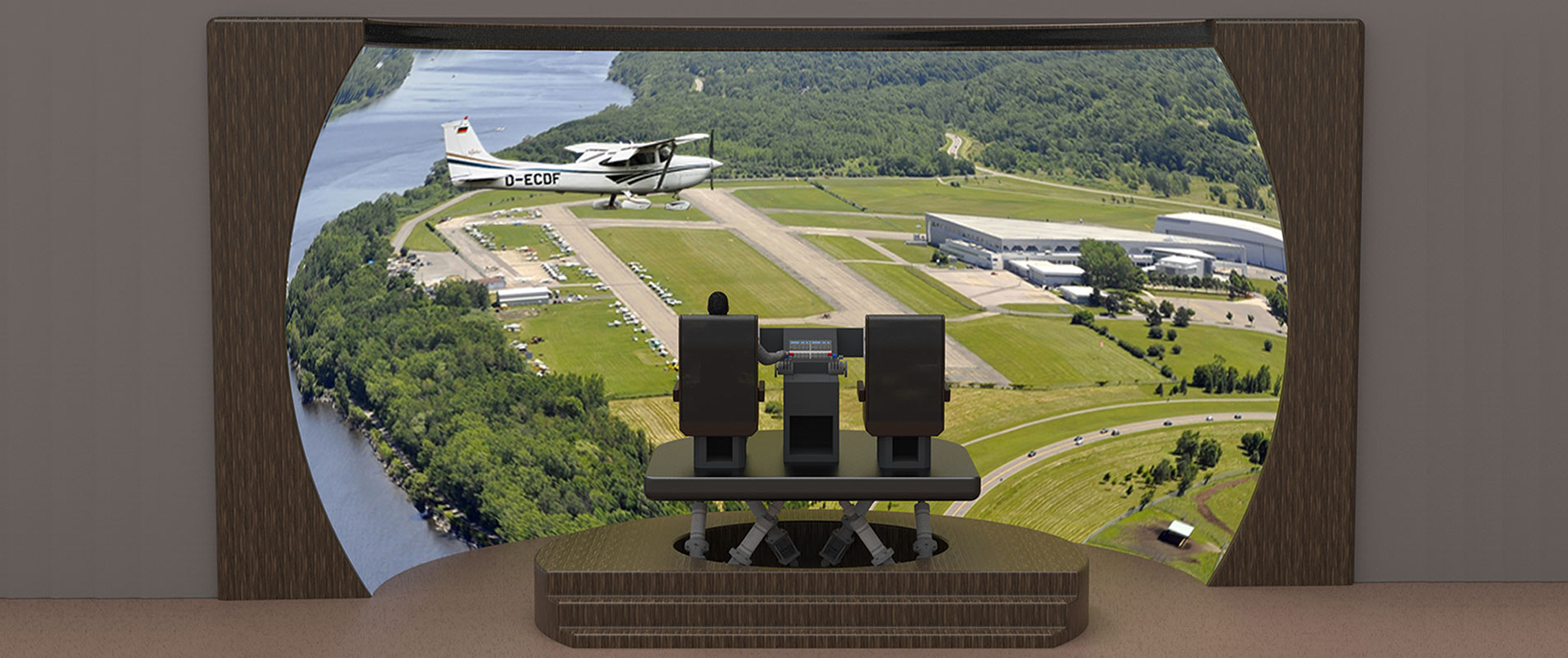A better flight simulation product is here
From Kitty Hawk and the Wright brothers in 1903 to Neil Armstrong’s walk on the moon in 1969, mankind has pushed the limits of flight. Today, the aviation industry has undergone rapid innovation with the development of digital technology and flight simulation games and programs.
Perhaps the biggest advancement in flight simulation has been the use of Virtual Reality (VR) technology. Used primarily for flight training VR machines create an immersive representation of the flight experience. These simulators help users hone their depth perception and 360 degree vision while cutting building and training costs. Whether you are an amateur or professional, VR allows you to learn to fly while having fun.
Taking off
In recent years, some of the most popular flight simulation machines have gotten an upgrade. Consumer VR products, such as Oculus Rift and HTC Vive, continue to roll out, while metaverses have become more realistic.
Aviation programs now encompass anything from arcade-style jet fighters to wingsuit simulators. Games such as War Thunder and Arma 3 focus on combat and dog fighting, while flight simulators like Microsoft Flight Simulator and X-Plan 12 offer flying experiences in 24,000 destinations around the world. (In fact, some flight simulators are so realistic that the FAA allows them to be used for training.)
And innovations such as Birdly and JUMP are VR wingsuits that work without the hardware that traditional simulators require. Pairing robotics and simulation technology, Birdly operators use their arms and hands, much like a bird flapping its wings, to control their flight experience as they fly through a high-resolution virtual landscape.
But for the ultimate experience, immersive machines like Immersive-FX’s Surround Reality Systems create full view immersive digital environments. Composed of ultra-realistic visualization, immersive audio and sensor technologies, users experience unforgettable simulation events to the fullest.
Open up your wings
Virtual Reality is a powerful tool in aviation. Not only can VR reduce training costs for flight schools, but students learn faster and more efficiently. And as professional flight simulation machines and simulation technology continue to improve these experiences will become the closest thing to real-life piloting without leaving the ground.

